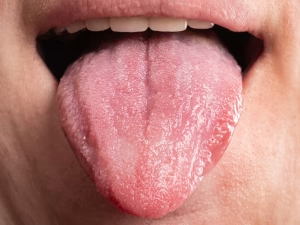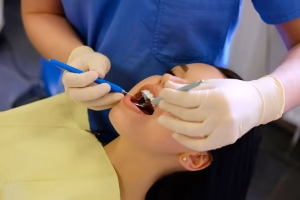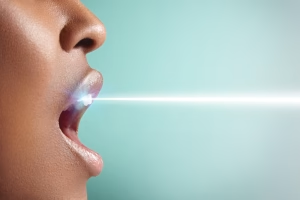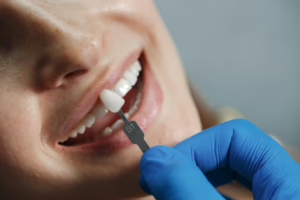What Is a Cantilever Bridge and Are You the Right Candidate to Use It?
29 September 2022
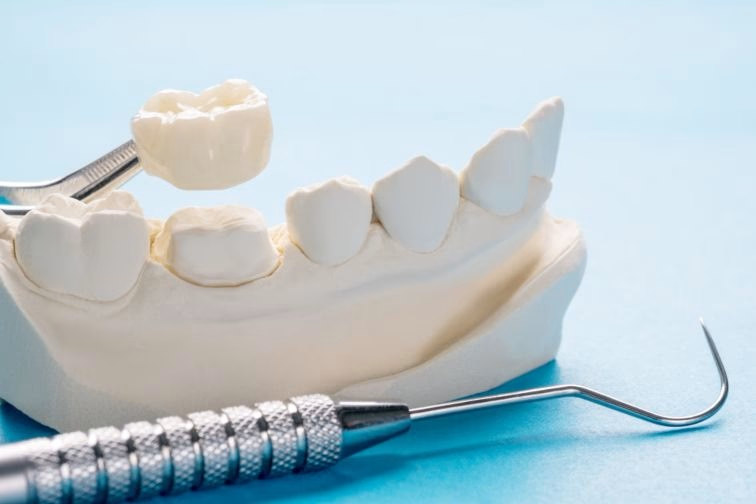
If you have dental issues regarding missing one or more teeth, you have probably been thinking about getting some of the dental bridges. They can help you to restore your nice smile and chewing function to the previous state. But, there is a chance that a traditional dental bridge that is mostly in use for these occasions can’t be the right fit for you because of some problems with other teeth. In that case, a cantilever bridge can be a potential solution for you.
What Is a Cantilever Bridge?
A cantilever bridge is one type of fixed dental bridge. This bridge consists of one or more artificial teeth and a dental crown. Materials that are used for cantilever bridges are mostly metal and ceramic but there are some solely ceramic bridges.
How a Cantilever Bridge Works

The cantilever bridge needs support on only one tooth closest to the missing tooth. It means that this procedure includes fixing the pontic (artificial tooth that will replace the missing one) in the gap, and after that, it is anchored to the healthy tooth on one side. Therefore, only a single abutment tooth should be reshaped before making a cantilever bridge.
Who is the Right Candidate to Use Them?
If you want to do a traditional bridge, you need to have two very healthy teeth to support this bridge. If however, that is not the case, then you can opt for a cantilever dental bridge. For example, maybe one of the supporting teeth is weakened and can’t provide an adequate abutment for a traditional bridge. The tooth can also be decayed which means that you will have to get some other type of dental bridge. In some cases, aesthetic reasons prevent the preparation of adjustment teeth for a traditional bridge.
Benefits of Using Cantilever Bridges
Cantilever bridges and all other kinds of dental bridges will enable you to eat and bite normally. It will also make the other teeth stay strong and healthy. Of course, the aesthetic function should not be forgotten. You will regain your beautiful smile and confidence.
The procedure of cantilever bridge placement is very simple and usually does not require anesthesia. Additionally, since you only need one tooth for fixing the cantilever bridge, you should be able to keep the natural structure of your teeth.
A Cantilever bridge is a reversible procedure so if you decide to remove the bridge, you will be able to do that. Last but not least, the cantilever bridge costs less than some other dental bridges.
Drawbacks of Using Cantilever Bridges
When we are speaking about cantilever bridges, you should be aware of some drawbacks, too. And as we said, because of the nature of their structure and support, cantilever bridges are mostly used when you lack only one tooth. Therefore, traditional bridges are stronger than cantilever ones, and you should be very careful when chewing on hard objects or food. Of course, it is vital to remember that you should not use your teeth as a tool for opening lids or similar things. Another piece of advice regarding dental cantilever bridges is a recommendation that they should be used for the front teeth rather than for the back.
What Are the Alternatives?

You should check with your dentist what are other possible solutions and if a cantilever tooth bridge is a good option for your problem. Your dentist should do a detailed dental exam, among other things test your bite, and decide if the cantilever bridge is the right fit for you. Otherwise, there are alternatives such as traditional bridges, dental implants, or partial dentures.
Traditional bridge
A traditional bridge is one of the well-known replacements for a missing tooth. Unlike a cantilever bridge, a traditional one needs two adjacent teeth for holding artificial teeth using crowns. And if we are talking about the most used dental bridge procedures, the traditional bridge is on top.
Dental implant
There are some situations when your dentist might suggest that you get a dental implant instead of a dental bridge. You should be informed about both options and decide for yourself. Naturally, the risk of implant failure can be increased depending on your health issues since osteoporosis and diabetes, for example, could negatively affect dental implants.
There is also a dental implant-supported bridge and which means that traditional crowns are replaced by implants in the traditional bridge.
Partial dentures
Partial dentures are another alternative to dental bridges. Partial dentures can be used in some cases as a replacement for missing teeth or a tooth. They are a good solution but don’t forget that they need regular cleaning on a daily basis as any other dentures.




